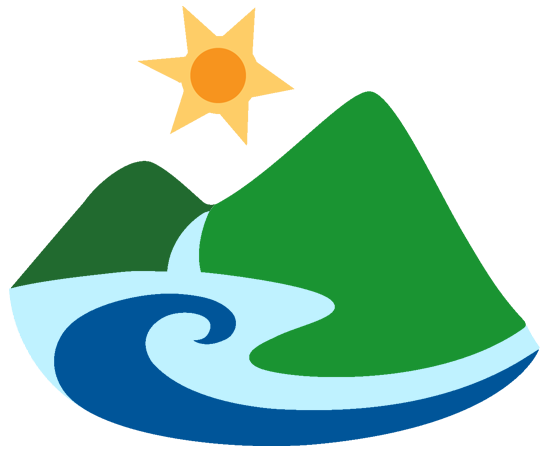Shoreline Public Access

The Hawaii CZM Program is responsible for protecting, creating, and enhancing public access to the coast (HRS § 205A-2). Coastal areas provide many recreational opportunities, including boating, fishing, swimming, sunbathing, nature watching, surfing, and diving. These activities not only drive coastal tourism, helping to fuel our economy, but are also critical components of Hawaii’s social and cultural fabric. However, as coastal development and Hawaii’s resident and tourist populations continue to rise, public access to the coast is under increased pressure from population growth and changing land uses. Moreover, traditional sources of funding for the acquisition and maintenance of shoreline public access in Hawaii are in decline. In light of these and other emerging issues, the Hawaii CZM Program has developed and is in the process of implementing a five year strategy to enhance shoreline public access in Hawaii.
Relevant information pertaining to shoreline public access in Hawaii and the Hawaii CZM Program’s five year public access enhancement strategy is provided for your reference below.
